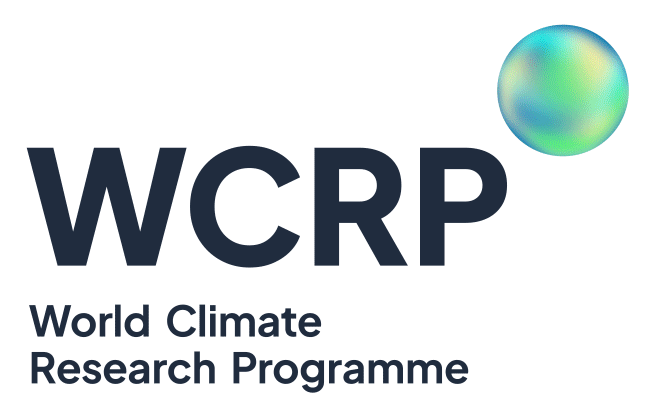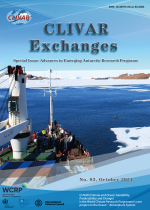Effects of Climate Modes on Interannual Variability of Upwelling in the Tropical Indian Ocean

FIG. 1. (a) Annual mean, (b) January, and (c) September climatology of depth of 208C isotherm (D20; color) and ERA-Interim surface wind stress (arrows) for the 1993–2016 period. The boxed region in the west shows the Seychelles–Chagos thermocline ridge (SCTR) region (2°–15°S, 50°–80°E), the mean upwelling zone of the tropical Indian Ocean; the boxed area in the east shows the eastern node of the Indian Ocean dipole (IOD) area (10°S–0°N, 90°–115°E), which includes the seasonal upwelling region along the coasts of Sumatra and Java during boreal summer–fall. (d) September–November (SON) averaged D20 anomaly (D20A) and wind stress anomaly for 1997, when positive IOD (pIOD) and El Niño co-occurred; (e) as in (d), but for 2012, an independent pIOD (no El Niño or La Niña); (f) as in (d), but for 2009, an El Niño year (no IOD). The D20 is based on the monthly ECMWF Ocean Reanalysis System 4 (ORAS4) data from 1993 to 2016.
In the tropical Pacific and Atlantic Oceans, easterly trade winds prevail and upwelling occurs in the eastern equatorial basin. In contrast, the Indian Ocean is subject to intense seasonally reversing monsoon wind forcing, and the annual mean prevailing winds in the equatorial basin. This provides unique features of interannual variability of the upwelling in the tropical Indian Ocean.
In a recent paper published by X. Zhang and W. Han (https://doi.org/10.1175/JCLI-D-19-0386.1) in the Journal of Climate, the authors investigated the interannual variability of upwelling in the tropical Indian Ocean over the Seychelles–Chagos thermocline ridge (SCTR) mean upwelling zone and the seasonal upwelling area in the eastern tropical Indian Ocean (EIO), through analyzing satellite and in situ observation data using the conventional Static Linear Regression Model (SLM) and Bayesian Dynamical Linear Model (DLM), and performing experiments using a linear ocean model (LOM).
The study shows that strong interannual variability is observed over the mean upwelling zone of the SCTR and in the seasonal upwelling area of the eastern tropical IO (EIO), with enhanced EIO upwelling accompanying weakened SCTR upwelling. Surface winds associated with El Niño–Southern Oscillation (ENSO) and the IO dipole (IOD) are the major drivers of upwelling variability. During positive phases of ENSO and IOD, surface wind anomalies drive local Ekman divergence and enhance upwelling in the EIO; meanwhile, they induce downwelling Rossby waves south of the equator which propagate westward and reduce upwelling in the SCTR region. The authors indicated that while the oceanic response (to wind forcing) associated with the leading two baroclinic modes capture over 80%–90% of the upwelling variability, intermediate modes are needed to fully represent IO upwelling. For the 1979–2016 period, eastern Pacific (EP) El Niños overall have stronger impacts than central Pacific (CP) and the 2015/16 hybrid El Niño events, because EP El Niños are associated with stronger convection and surface wind anomalies over the tropical IO. However, this relationship might change for a different interdecadal period.
Since variability of upwelling directly affects biogeochemical processes and is tied to variability of the thermocline, sea surface temperature (SST), and upper ocean heat content, results from this study have important implications for understanding climate variability and marine ecosystems.
**********************************************
Zhang, X. and W. Han, Effects of Climate Modes on Interannual Variability of Upwelling in the Tropical Indian Ocean, Journal of Climate, 2020 (33): 1547-1573, https://doi.org/10.1175/JCLI-D-19-0386.1
About the authors:
The authors of the paper are from the Department of Atmospheric and Oceanic Sciences, University of Colorado Boulder, Boulder, Colorado, USA.
Dr Xiaolin Zhang is an early career scientist. Check her profile under ‘ECS Spotlight’ on CLIVAR website: http://www.clivar.org/people/xiaolin-zhang
Dr Weiqing Han was a member of CLIVAR/IOC-GOOS Indian Ocean Region Panel (IORP) from 2011 to 2018, and made great contribution to the panel.














Add new comment